In this report, we’ll explore what it’s like to use Yeosu Airport (RSU) – which serves the southern coastal province of Jeollanam-do, Korea – as a passenger arriving on a domestic flight.
Note: The information and pictures presented here are drawn from my own experience of using Yeosu Airport as an arriving domestic passenger on 24 January 2020. Details may change at any moment and without prior notice.
Click here to read a separate report covering my experience as a departing passenger at the same airport.
OVERVIEW
Airport name (English) : Yeosu Airport
Also known as : Yeosu/Suncheon Airport
Airport name (Korean) : 여수공항 (Yeosu Gonghang)
IATA code : RSU
ICAO code : RKJY
Country : Republic of Korea (South Korea)
Major cities served : Yeosu and Suncheon, Jeollanam-do
Routes served : Domestic
Runways : One
Terminals : One
Passenger traffic : 635,637 (2019)
Links : Official Website / Wikipedia
LOCATION
THE ARRIVAL EXPERIENCE
Step 1: Disembark from your plane
I arrived at RSU from Seoul’s Gimpo Airport (GMP) on Korean Air Flight KE 1331. Compared to the busy airport I’d left behind, RSU was a much quieter place – in fact, at the time we were the only aircraft on the tarmac.
This stage of the arrival experience was pretty straightforward. After the aerobridge was connected, crew yanked open the forward door and passengers started streaming into the terminal.
RSU is a small airport, so it didn’t take me long to walk the full length of the arrival corridor.
A warm welcome from the airport mascot. 🙂
Step 2: Reclaim your checked baggage
Since there was no inbound immigration to deal with at this domestic airport, I simply headed straight for the baggage carousels after disembarking.
Step 3: Exit into the arrivals hall
No immigration … and no customs formalities either. Ah, the joys of domestic airline travel.
From baggage reclaim, I walked out into RSU’s small arrivals hall. There’s a café here if you’re in need of refreshment, as well as car rental booths and an information counter.
Incidentally, RSU’s terminal building is so compact that the arrivals hall is fully contiguous with the check-in lobby. Both are on the same level, with arrivals in the northern part and the check-in counters in the southern section.
Step 4: Travel from the airport to your final destination
RSU is roughly midway between Suncheon (to the north) and Yeosu (to the south) – the two largest cities in Jeollanam-do. The airport is well connected to both via road-based public transport.
If you’re being fetched by a private or hired vehicle, simply exit from the arrivals hall and wait on the pavement outside.
If you’re looking for a taxi, cross over to the taxi stand between the terminal and the parking lot. There’s a table of fare estimates on the airport’s official website.
If it’s a public bus you’re after, turn right from the exit and walk towards the end of the pavement.
You’ll reach the waiting area for Yeosu-bound services first (여수). Walk just a bit further – almost to the very end of the roofed passageway – if you’re heading for Suncheon (순천).
Route numbers, stops, and estimated fares are available on the airport website. Click here for Yeosu-bound buses, and click here for Suncheon-bound services.
I was heading for Suncheon myself and took the following pictures of stop lists and timetables posted in the waiting area. Note that these were taken on 24 January 2020, and details may change without notice. (Let me stress again that the information in these signs is for Suncheon-bound buses; I’m afraid I don’t have snapshots of the equivalent tables for Yeosu.)
Some buses numbered 330 and 960 also travel in the opposite direction (i.e., to Yeosu), so be sure to confirm a particular vehicle’s destination as you board.
In order to make commuting easier, I’d strongly recommend downloading one (or both) of the two major homegrown navigation maps: KakaoMap and Naver Map. (Check the App Store or Google Play for the version that will work on your device.) There’s a useful comparison of the two apps on another blog, and I’m in general agreement with many of that author’s observations, except that I personally rely on KakaoMap more as it has advantages if you can read Korean (he leans towards Naver Map as it’s more English-friendly). Quite often, I use both apps when planning routes and fine-tune based on differences that might pop up between the two.
I can’t remember if I took bus 96 or 960 for my own journey, but I do believe it was the 96 I boarded. In any case, I simply tapped my trusty old T-Money card on the reader upon boarding through the front door, settled into a vacant seat … and that was that for the moment.
About half an hour (and 1,250 won less on my card) later, I tapped out again through the rear door at a stop near my hotel in Suncheon. Journey completed. 🙂
One last note on public transport from RSU. Although the airport itself isn’t served by trains, the railway stations in nearby Suncheon and Yeosu (both served by the high-speed KTX) can be used as jump-off points for transferring to other cities in the region.
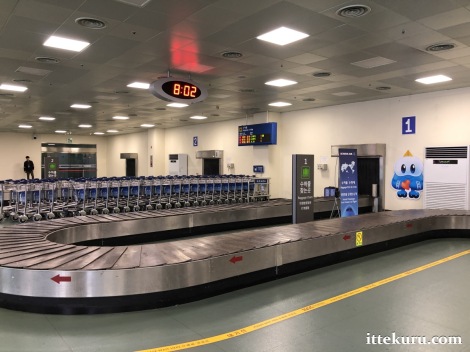
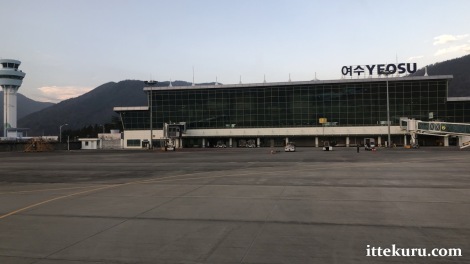
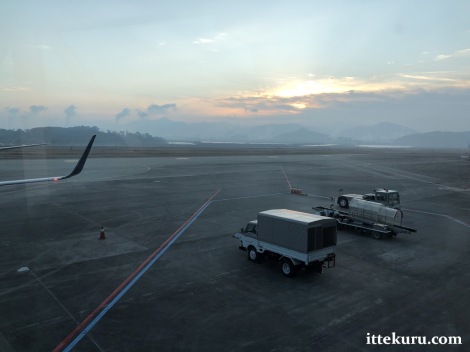
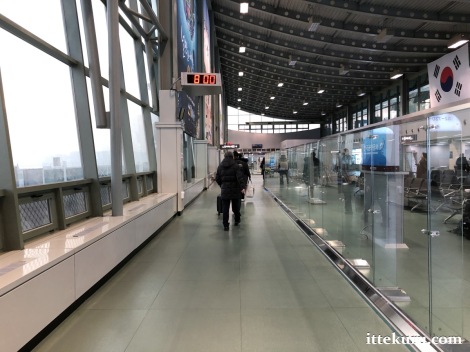
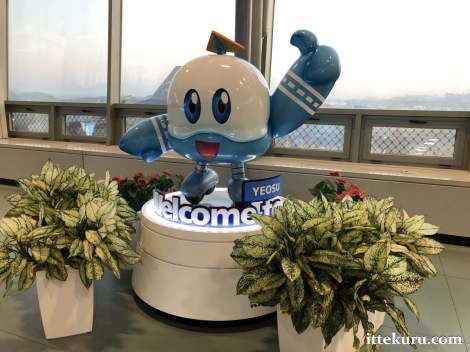
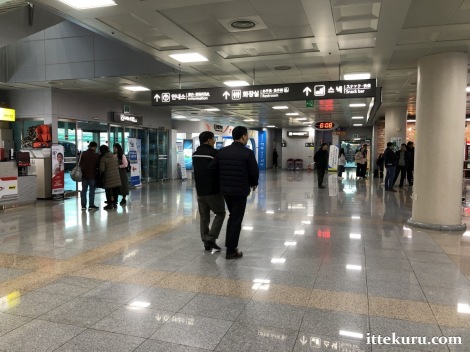
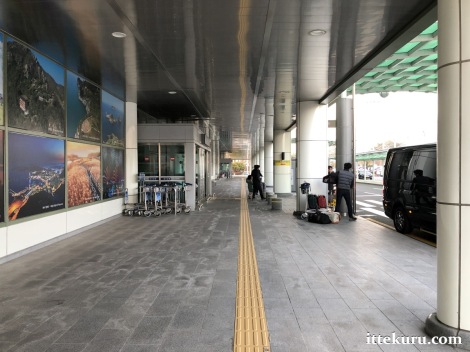
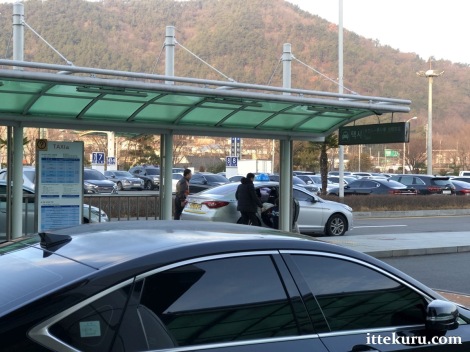
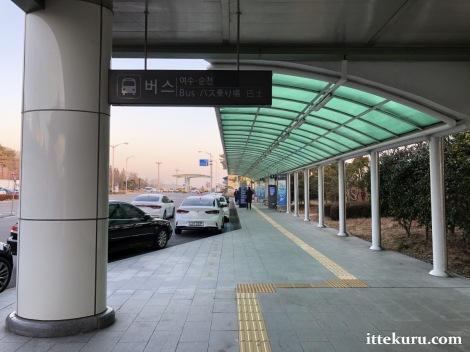
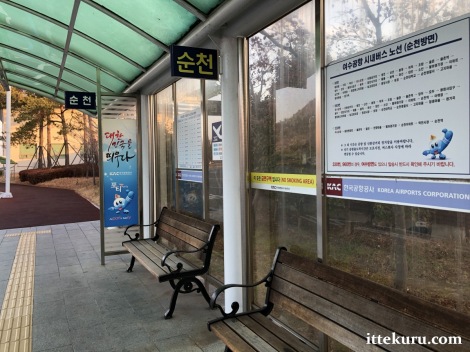
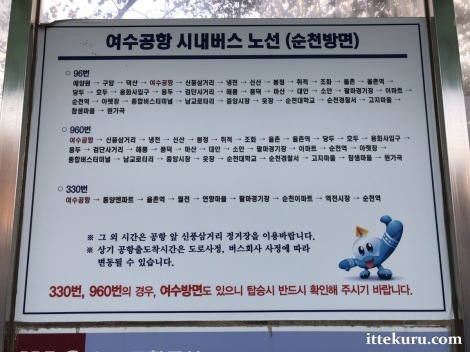
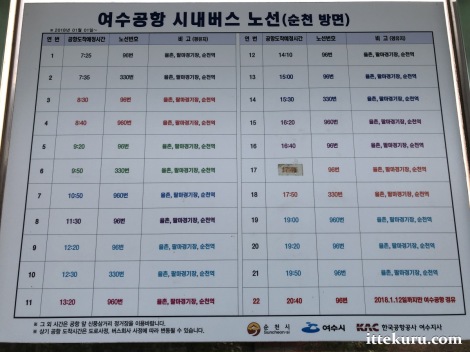
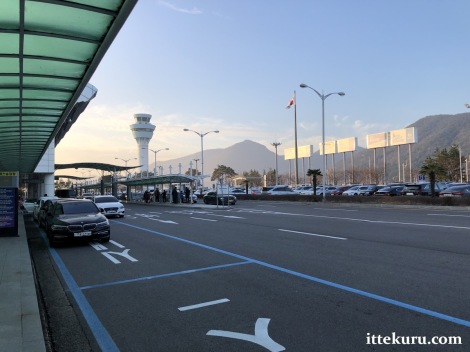
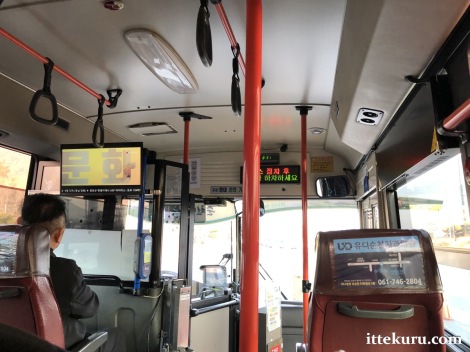
Pingback: Field Report: Naganeupseong Folk Village, Suncheon, South Korea (24 January 2020) | Within striking distance·
Pingback: Terminal Report: Yeosu Airport (RSU), Jeollanam-do, South Korea – Departures | Within striking distance·
Pingback: Flight Report: RSU-GMP on Korean Air Flight KE 1332 (27 January 2020) | Within striking distance·
Pingback: Terminal Report: Gimpo Airport Domestic Terminal, Seoul, South Korea – Arrivals | Within striking distance·